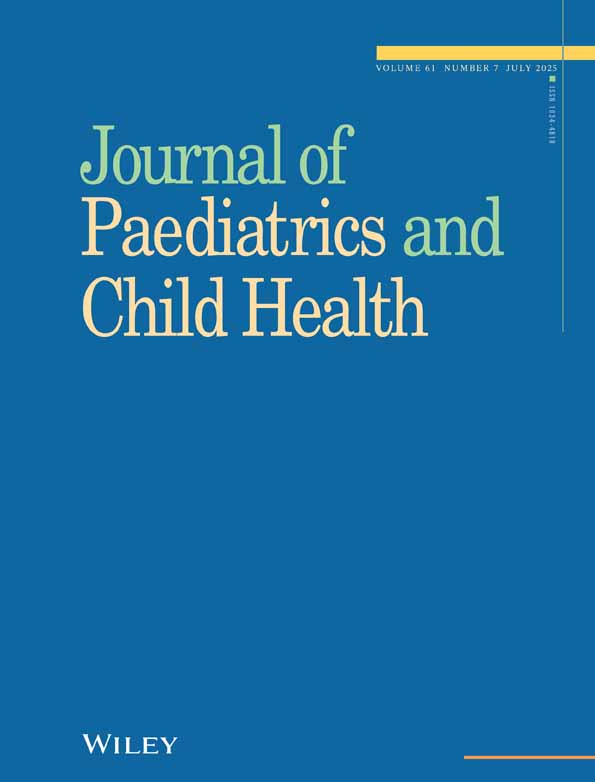Isoflavone content of infant foods and formulas
Abstract
Objective:
The purpose of this study was to investigate the phytoestrogen content of different foods, formulas and drinks that may be consumed by infants during their first year of life in an attempt to define levels of exposure on different feeding regimens.
Methodology:
High performance liquid chromatography (HPLC) was used to determine the levels of genistein, daidzein, biochanin A, formononetin and equol in samples purchased from Australian supermarkets. Single lots of duplicate or triplicate samples of soy beverages, cow’s milks, infant formulas and infant yoghurts were analysed.
Results:
All foods tested contained isoflavones, at varying levels, suggesting that exposure to these compounds is almost ubiquitous. Casein-based infant formulas contained between 0.001 and 0.03 mg L−1. Soy-based infant formulas ranged from 17.2 to 21.9 mg L−1 with the values detected in yoghurt at similar levels to that of cow’s milk. For comparison, the soy-based beverages (which are not recommended for use under 12 months of age) contained levels of isoflavones from 22.9 to 71.5 mg L−1.
Conclusions:
Given the relatively broad choice of infant foods becoming available, exposure to dietary isoflavones during the first year of life is virtually ubiquitous. The exposure may be higher if soy infant formulas are consumed, however, the levels attained appear to fall within normal physiological boundaries.




